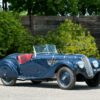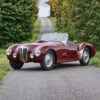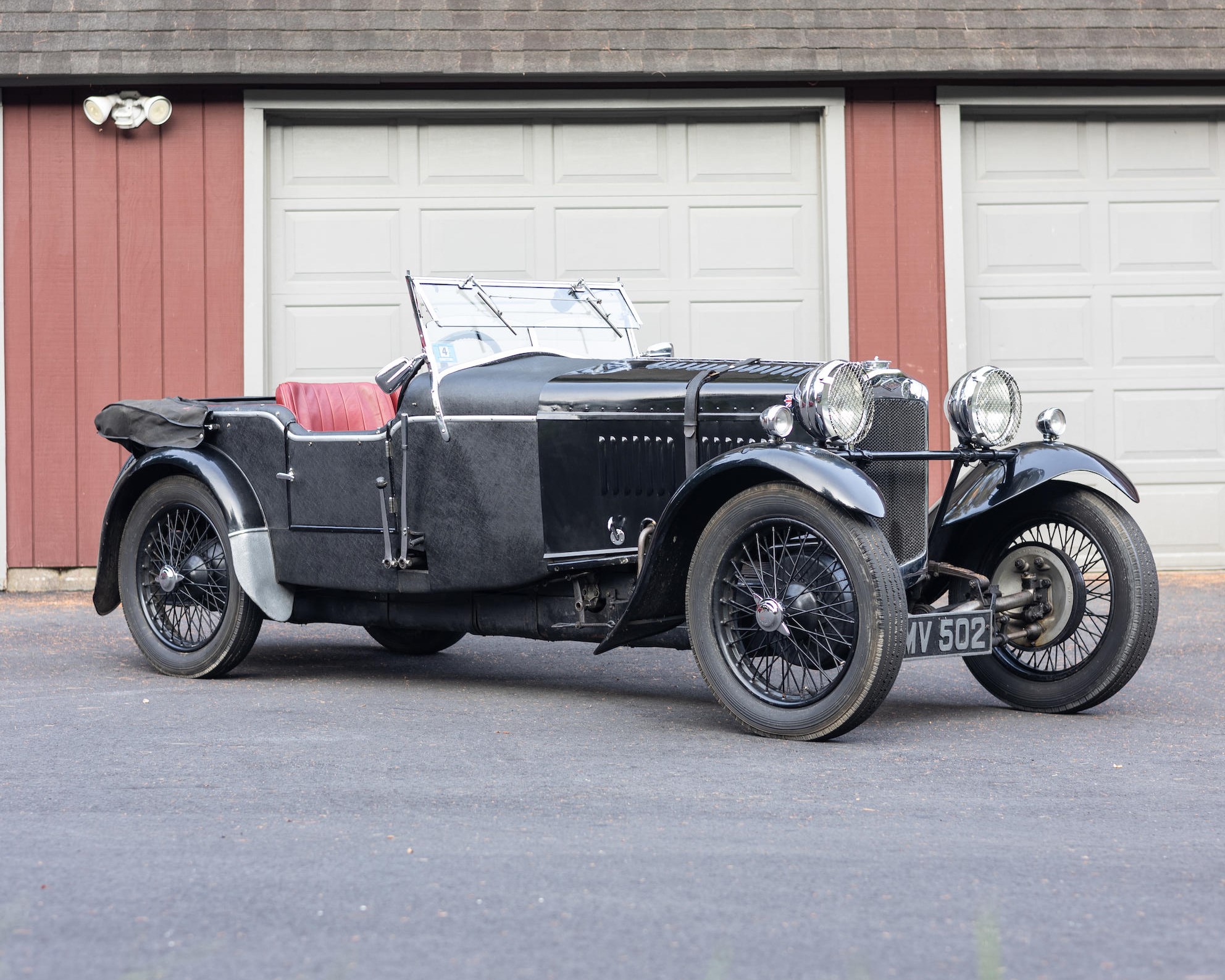Between 1924 and 1954, when production effectively came to a halt, around 450 Frazer Nash cars rolled off the assembly line, with 350 belonging to the pre-war ‘Chain Gang’ models. Among these, 85 sported the widely favored TT Replica style of bodywork, available from March 1932 to 1939. Frazer Nash employed various proprietary engines, such as the 1½-litre, four-cylinder, overhead-valve Meadows engine for the TT Replica, the 1,660cc six-cylinder, twin-overhead-camshaft Blackburne engine, and the 1½-litre, four-cylinder, single-overhead-camshaft Gough engine.
Notably, the factory customized cars according to individual orders, resulting in diverse combinations of engines and chassis. Despite the unconventional chain drive for the era, the Frazer Nash system was highly efficient, with rare breakages leading to misconceptions about smoking or red-hot chains on the road. In reality, the chains, often lasting over 40,000 miles, were handled carefully due to dirt rather than overheating issues. Frazer Nashes, renowned for their distinctive drive, exhibited pronounced over-steering under power, earning them the reputation of “never going around corners, but merely changing direction.”
Model names typically commemorated the brand’s triumphs, with the Tourist Trophy inspiring the ‘TT Replica,’ and other events like Colmore, Exeter, Boulogne, Nurburg, and Ulster influencing naming choices. However, the Interceptor model, featured here, diverged from this tradition, hinting at its prowess in snatching victories from rivals. Available in 2 or 3-4 seater options, with overhead or side-valve powerplants, it is estimated that only a mere dozen Interceptors were crafted.
Source: Bonhams Cars











